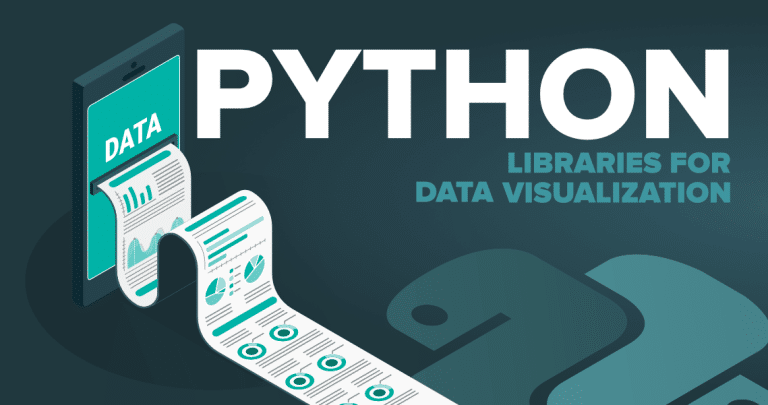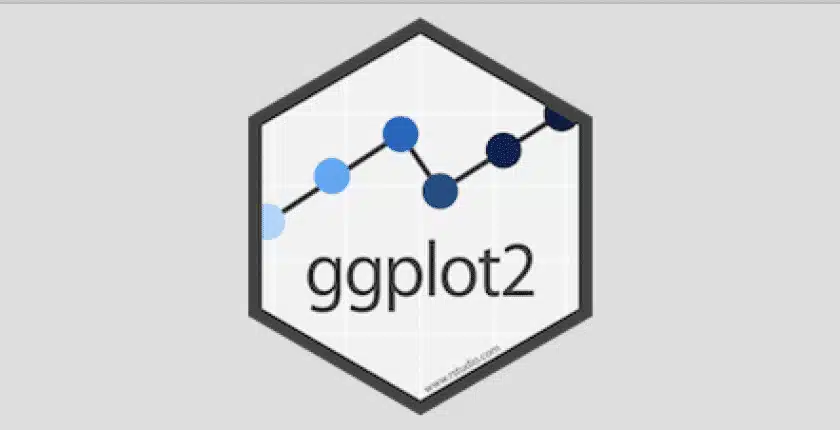Data visualization is the practice of organizing and presenting data such that anybody, regardless of technical background, can understand its significance and draw conclusions from it. Due to Python’s abundance of data science packages, there is no scarcity of tools for conceptualizing data. It’s true that many Python data science libraries are derived from data visualization packages.
It turns out that learning data visualization libraries in Python are just as important as learning data science libraries for a data researcher. In this piece, we’ll go through the most popular and widely-used Python data visualization libraries.
Contents
1. Matplotlib
If you’re just starting out in data science using Python, you should probably start with learning the most popular and widely used data visualization toolkit, Matplotlib. It also works with popular Python data science libraries like NumPy, learns, as well as pandas. Line diagrams, diffusion graphs, organized slideshows, and histograms are just some of the sophisticated 2D charts that can be created using matplotlib.
Although matplotlib does not provide native support for 3D charts, it does however include a separate toolbox, mplot3d, that may be used to plot such diagrams.
2. Plotly
Python’s data visualization package is powerful and capable of producing both simple and intricate representations. With the help of this library, one could generate about 40 distinct chart types, both 2D and 3D. Plotly is built atop of the popular JavaScript ploty.js, and it enables python developers to plot simple and sophisticated charts in the browser. This library allows us to display graphs on Jupyter Notebook as well as then save those graphs as standalone HTML files.
3. Bokeh
Another fantastic Python data visualization package for modern web browsers is Bokeh. Many Python developers prefer bokeh to Plotly since it is built specifically for the Python language. We can get Bokeh-produced charts in an HTML layout, just as we can with Plotly. Bokeh is also fully compatible with well-known python web frameworks such as Django and Flask; it can be integrated into these frameworks’ respective web apps.
4. Ggplot
Python ggplot is a graphing package that uses the ggplot2 toolkit in the R programming language. Since gg in ggplot stands for “Grammar of Graphs,” using it to design visualizations is analogous to writing phrases in English. The python pandas package is also fully compatible, allowing for the plotting of diagrams using DataFrames and Series. Given that ggplot is freely available to the public, it may be added to your Python installation utilizing the pip installation script.
Conclusion
At this point, we have covered the top libraries for data visualization in Python. One of the most important skills for a data researcher working with Python is the ability to effectively visualise data. All of the Python libraries we’ve included here are among the most widely used and well-known in the language.





